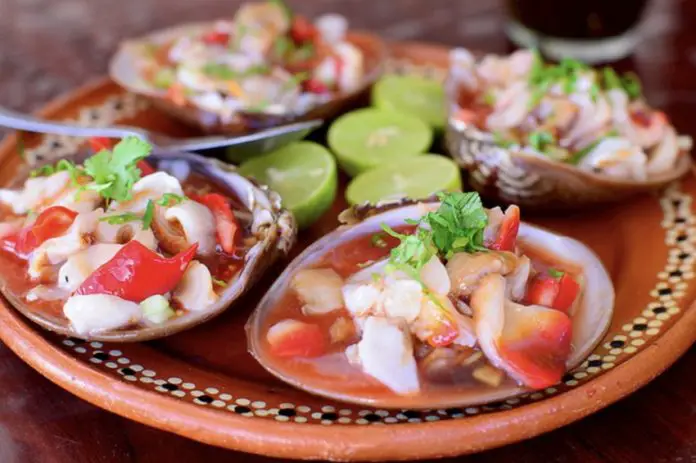There’s a reason many tourists flock to Baja California Sur (BCS) to enjoy vacations on beautiful beaches in destinations like Los Cabos, Loreto, and La Paz. The state has more coastline than any other in Mexico and it’s not particularly close. In fact, between Baja California and BCS, the peninsula they share — the world’s second longest — makes up 38% of Mexico’s total coastline. BCS alone accounts for 22%.
Given this coastal abundance and easy access to the fruits of the sea in both the Pacific Ocean and the Sea of Cortés, it should come as no surprise that the cuisine of BCS is and has always been seafood-focused. That’s not to say there aren’t other foods of note. The state is famous for its chicken-stuffed tamales fajados; regional fruit-based specialties like mangate and dulce de pitahaya, made from ripe mangoes and dragon fruit, respectively; and its aphrodisiacal liqueur, Damiana, which is sourced from a native herb.
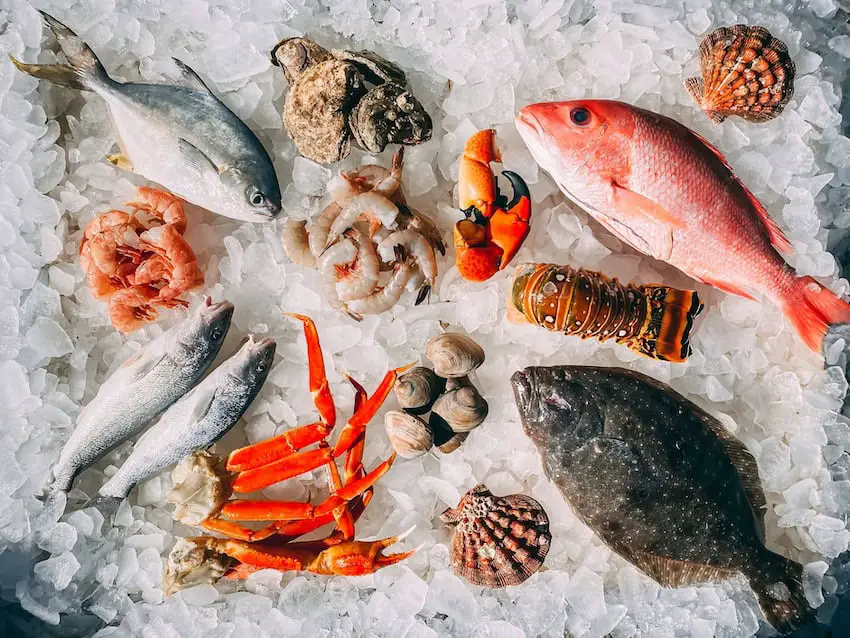
But seafood is the culinary lodestar, and before the age of tourism, fishing accounted for much of the regional industry. It’s still practiced commercially, of course. For example, the Baja California peninsula provides the majority of abalone in Mexico, while BCS and Sinaloa harvest more than half the country’s clams.
Seafood dishes traditional to Baja California Sur
Simple recipes are the rule for tuna, marlin, totoaba, octopus, crab, shrimp, scallops, lobster, clams, abalone, snails and other salty fare. When you have ingredients this fresh, after all, why not let their flavors speak for themselves?
These frutas de mar all lend themselves readily to simple preparations. However, if BCS has a signature food, it is undoubtedly almejas chocolatas: chocolate clams in English, Megapitaria squalida scientifically speaking. These clams are named not for any chocolate-like sweetness but for the color of their shiny brown-hued shells, which serve as picturesque serving vessels at local restaurants. The meat of these clams is quite tender and exquisite, so much so that some locals prefer to eat them raw.
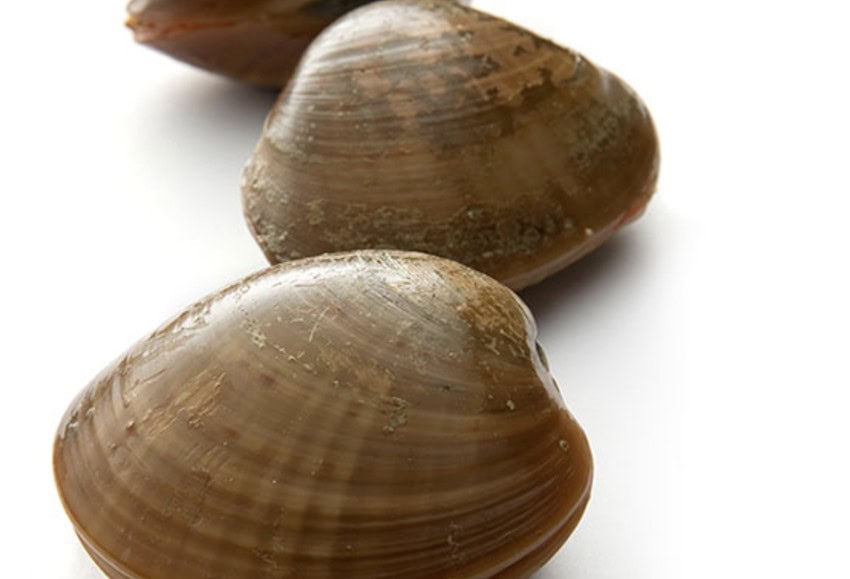
The clams can be found buried in the sand on the ocean floor in bays around the state, including La Paz, Loreto, Magdalena, Ojo de Liebre and Santa Rosalía. As the clams burrow in shallow water, they’re typically fished by hand, not with nets.
How and where to best enjoy almejas chocolatas
Visitors will typically find chocolate clams served either tatemada style or “en escabeche.” The former preparation is taken from the Nahuatl word tlatemati, meaning to be roasted over a fire. It’s the local version of a clambake, with the clams placed upside down on the sand. They’re then covered in gravel with chamizo leaves before being set on fire and left to cook for at least 20 minutes. Once done the meat is usually popped into tortillas and served as tacos with a fresh salsa made from vinegar, mustard, mayo, salt, and pepper.
As for escabeche, this is a traditional method for pickling seafood, vegetables, or other ingredients in a briny, acidic marinade. For almejas chocolatas, the typical marinade consists of vinegar with ingredients like bay leaf, oregano, chile güero, carrots and zucchini. To make them yourself in time-honored BCS style, notes Visit Mexico, you need “to cook the vinegar and water with sautéed vegetables for five minutes, then remove the mixture from the heat and submerge the clams. The result is a dish bursting with flavor and perfect as an appetizer or a main course.”
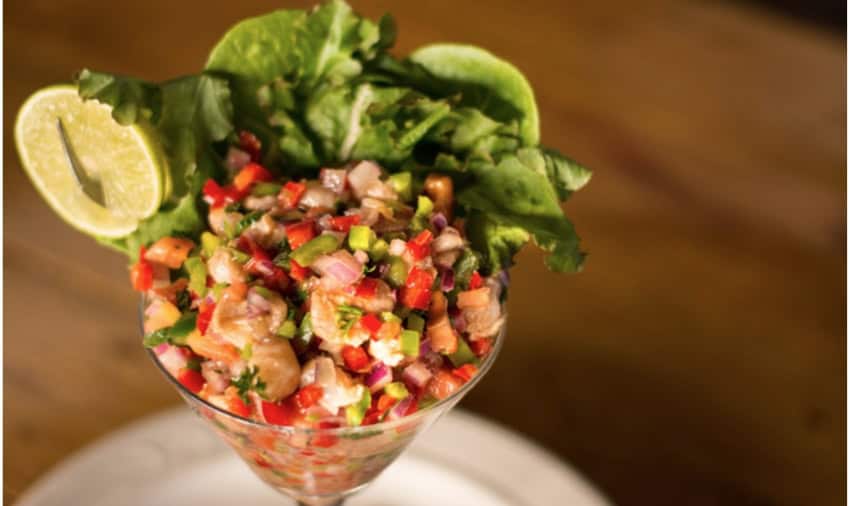
These are the most common serving methods, but certainly not the only available preparations. Besides slurping them raw with a squeeze of lime, chocolate clams may be grilled, preferably with lime juice and hot sauce, made into ceviche or used as a shrimp replacement in a clam cocktail.
Restaurants throughout the state serve these beloved delicacies. But the most traditional place to enjoy them is Loreto, the first capital of California from 1697 to 1777, and still a destination of note in Baja California Sur. Each year in June, Loreto hosts its Festival de la Almeja Chocolata. However, for the past two years, the festival has proceeded without its star attraction because of sustainability measures, instead featuring other local cuisine and culture.
How almejas chocolatas are being protected to ensure sustainability
Despite its abundance, the Baja California peninsula has been plagued by overfishing offshore, some of it done legally, much of it illegally. However, the Mexican government has instituted temporary bans in some places to help protect and sustain some of these important regional products. That has certainly been the case with almejas chocolata. They’ve been banned seasonally in Magdalena and Almejas Bays on the Pacific Coast of BCS from September to December in recent years. Such temporary bans have also been instituted in Sinaloa, and of course in Loreto Bay, where a two-year ban was the reason it couldn’t be served at the annual festival in its honor. But with careful management, this local treasure should continue to be a staple of the local diet for centuries to come, just as it was in centuries past for early settlers, and millennia past for the peninsula’s Indigenous inhabitants.
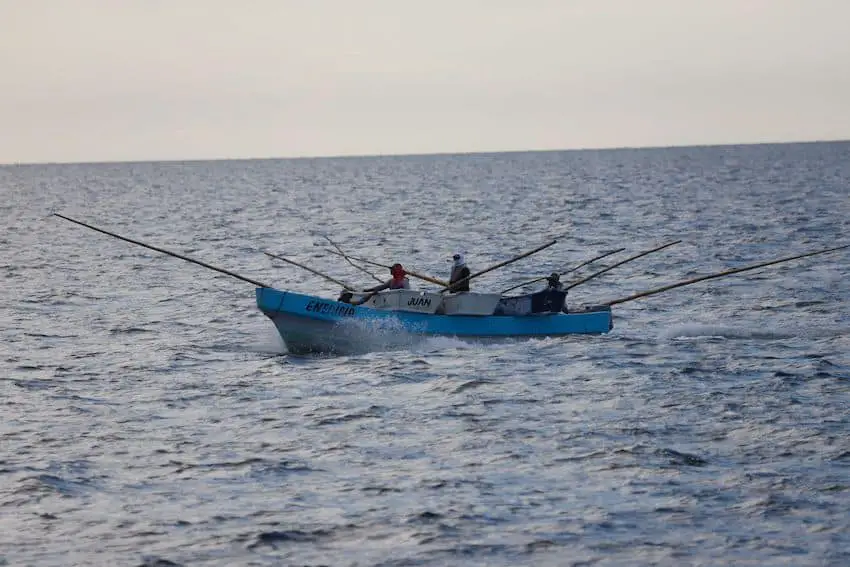
Traditional specialties to sample in Los Cabos
Yes, there are other seafood specialties besides chocolate clams worth trying, particularly in Los Cabos, the state’s most popular tourist destination. Sashimi made from locally caught yellowfin is outstanding. Smoked marlin tacos probably shouldn’t be served in Los Cabos due to the importance of marlin to local sportfishing, as well a s the emphasis on catch and release policies. However, once they’re at a restaurant, one might as well eat them. They’re a menu staple at some local taquerías and if you haven’t tried them before they’re quite delicious. The tostada version, with a topping of avocado, is likewise tasty.
Machaca is another Los Cabos favorite and a great option for those who don’t love seafood. The sun-dried beef is usually served for breakfast, in a burrito or plated with scrambled eggs, tomatoes, and green poblano chilies — choyero style, after the nickname for native residents, which is itself taken from the cholla cactus.
Chris Sands is the Cabo San Lucas local expert for the USA Today travel website 10 Best, writer of Fodor’s Los Cabos travel guidebook, and a contributor to numerous websites and publications, including Tasting Table, Marriott Bonvoy Traveler, Forbes Travel Guide, Porthole Cruise, Cabo Living and Mexico News Daily. His specialty is travel-related content and lifestyle features focused on food, wine and golf.
